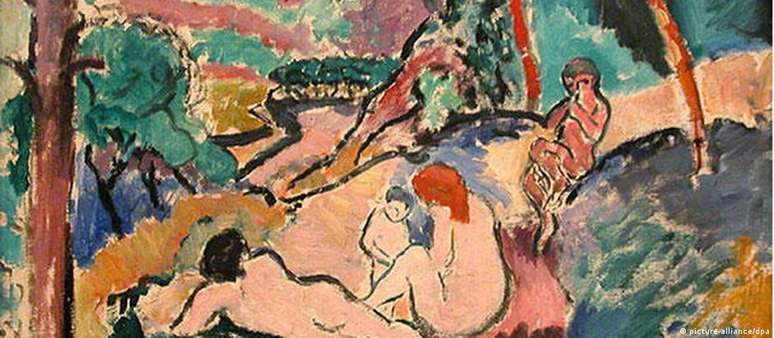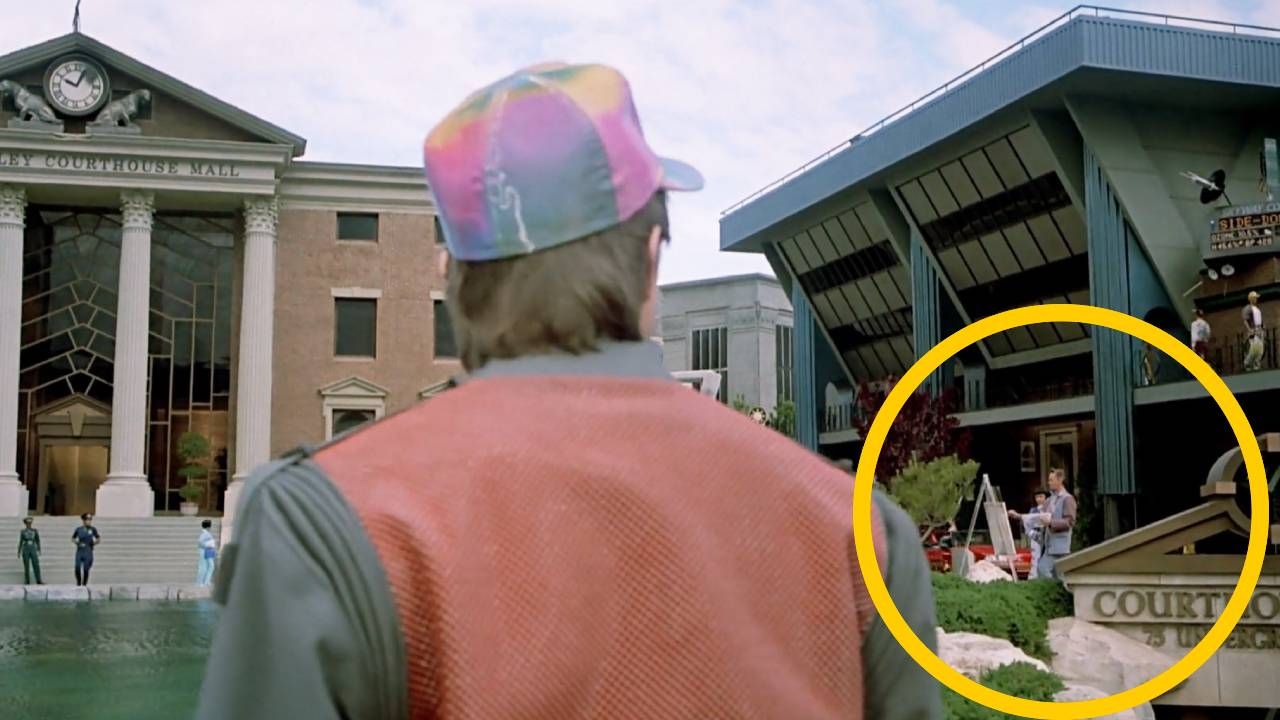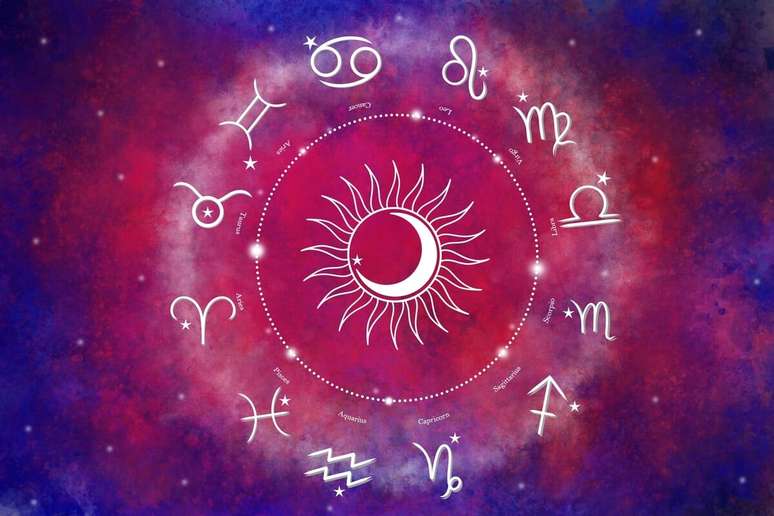In recent decades, paintings by Van Gogh, Rembrandt, Caravaggio and Pablo Picasso have disappeared from European museums. Many of these treasures are still unknown today. From Vincent Van Gogh’s Poppy Flowers to Rembrandt’s masterpiece Storm on the Sea of Galilee, passing through paintings stolen by the Nazis, such as those by Gustav Klimt: their absence increases the interest. even more so for the long-lost artistic treasures.
In 1969, thieves stole the painting Nativity with St. Francis and St. Lawrence, by the Italian painter Caravaggio, which was hanging in a church in Parlemo on the island of Sicily in southern Italy. The Baroque-style painting was completed by the artist in 1609 and its whereabouts remain a mystery. Representing the birth of Jesus, the almost 3 meter high work was detached from its frame in the church by two thieves. It allegedly ended up in the hands of the Sicilian mafia.
After the US FBI, Interpol and Italian police investigated the crime, the work, valued at $20 million (R$105.6 million), is believed to still be in Sicily. Several mafia members attempted to illegally sell the painting after the theft: one of them was arrested in 1981. He allegedly buried the Caravaggio painting.
Meanwhile, in 2010, five paintings worth hundreds of millions of reais were stolen from the Paris Museum of Modern Art, including The Pigeon and the Peas by Spanish Pablo Picasso, Pastoral by French Henri Matisse, and The Olive Tree by the ‘Estaque, also from the French. George Braque.
These works were also never found, although the thief was on trial. The theft of the works, unprecedented in the country, was described by a representative of the French capital as “one of the worst events for the city of Paris, like the fire of Notre Dame. Devastating for France and the world”.
The Caravaggio stolen in 1969 is on a list published by the FBI listing the top ten art crimes, which also includes works by Dutch artist Van Gogh.
One of his paintings, Poppy Flowers, painted in 1887 and valued at $55 million (R$290.7 million), was stolen twice from the Mohamed Mahmoud Khalil Museum, located in the metropolitan region of Cairo, Egypt. The painting was found ten years after the first theft in 1977, but disappeared from the museum again in August 2010 and was never seen again.
Four more works by Van Gogh, Paul Cézanne, Edgar Degas and Claude Monet were seized in 2008 from a Swiss museum in a “spectacular art robbery”. Masked and armed men entered the Emil Bührle Collection at Zurich’s Museum of Fine Arts and took the paintings, before fleeing in a car.
Recover lost works
Fortunately for art lovers, some of these works have returned to their rightful owners. Criminals who stole 18th-century jewels worth €113 million (R$648.9 million) from the Grünes Gewölbe (Green Vault) museum in Dresden, Germany, were sentenced in 2023 to prison terms ranging from four years and four months and six years and three months.
Among the items recovered was the hilt of a diamond-encrusted sword, but some of the jewels were not found and may have been lost forever.
Former lawyer Christopher A. Marinello founded the British organization Art Recovery International (ARI) as a means to help recover stolen and missing works of art. He contributed to the investigation to recover the Dresden jewels.
Marinello told DW that he had received “tips from several sources about the whereabouts of the stolen jewels” and had passed the information on to law enforcement agencies investigating the case. “Most of our work begins when stolen and looted items are put up for sale,” he said, referring to ARI’s recovery strategy.
“We try to prevent the sale and negotiate a discreet resolution with the owners of the objects and with the victims,” Marinello explained, adding that such out-of-court settlements save public authorities “expensive litigation.”
The ARI also helped recover silkscreen prints of American artist and director Andy Warhol worth $500,000 (R$2.6 million). The works were part of the Threatened Species collection, which he produced in 1983.
Earlier this year, Spanish police also recovered a painting by British artist Francis Bacon that was stolen from an apartment in Madrid in 2015.
The restitution of art stolen by the Nazis
ARI’s Marinello also searches for works of art looted by the Nazis, including that of Polish art deco painter Tamara De Lempicka titled Myrto, which was stolen from France during World War II. But locating these pieces, many of them stolen from Jewish families and art dealers, is often difficult.
“People who knowingly own works of art stolen or looted by the Nazis have no scruples or moral inclination to return them,” said Marinello, who is actively seeking works produced by French Impressionists Pierre-Auguste Renoir, Camille Pissarro and Edgar Degas .
“Such individuals hide behind German privacy laws to protect their ill-gotten assets to the detriment of victims of crime and the Holocaust,” he added. However, the investigator acknowledged that many stolen works fall into the hands of “honest auction houses and dealers” who are willing to work to get the art returned.
In 1976, German artist Ulay (1943-2020) decided to symbolically plunder Nazi art by stealing Adolf Hitler’s favorite painting, The Poor Poet (1839) by Carl Spitzweg.
Documented on video as part of his performance, Ulay (whose real name was Frank Uwe Laysiepen) went to the Old National Gallery in Berlin, grabbed the artwork and took it with him to the Kreuzberg neighborhood, where at the time many poor immigrants lived, to hang it. on the wall of a Turkish family’s apartment.
Before entering the apartment, however, he stopped at a pay telephone and called the museum authorities to tell them where they could retrieve the painting. “I stated that it was a demonstration action, not a robbery in the traditional sense,” Ulay later explained. He considered the performance “a protest action, firstly, against the institutionalization of art, and secondly, against the discrimination of foreign workers”.
Source: Terra
Rose James is a Gossipify movie and series reviewer known for her in-depth analysis and unique perspective on the latest releases. With a background in film studies, she provides engaging and informative reviews, and keeps readers up to date with industry trends and emerging talents.







